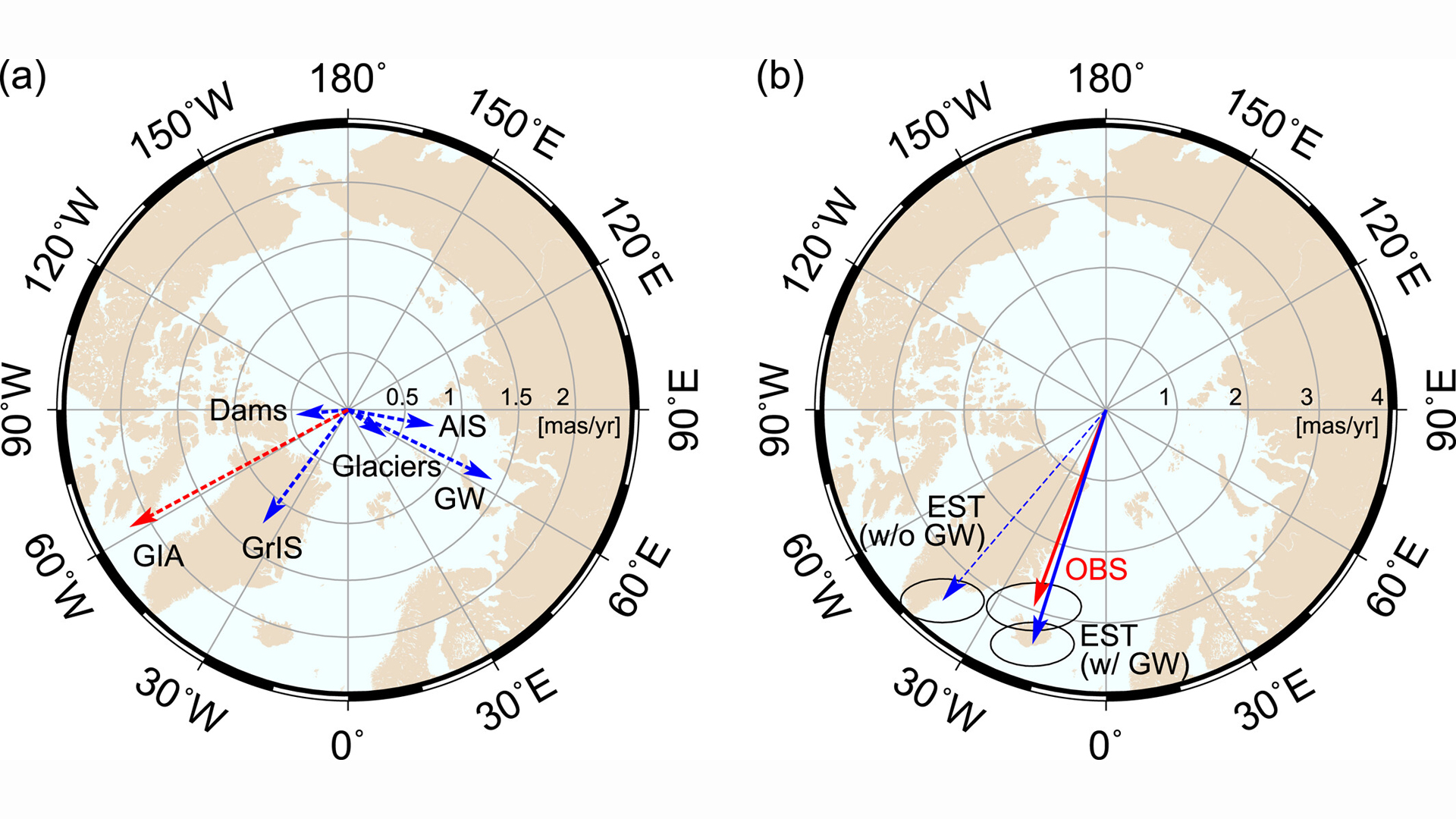Groundwater Pumping Has Changed Earth's Tilt by 31.5 Inches in 17 Years
Key Highlights :

Humans have been pumping groundwater from the planet's interior for centuries, but a new study has revealed that this activity has had a drastic effect on the planet's tilt. Between 1993 and 2010, the amount of groundwater humans removed from natural reservoirs in the planet's crust was 2,150 gigatons, and this displacement of mass caused Earth's tilt to change by 31.5 inches (80 centimeters).
This phenomenon is known as polar motion, and it is the movement of the planet's rotational pole, the point at which the planet's imaginary axis would stick out of the surface if it were a physical object. Polar motion is not the same as the geographical north and south poles, and it actually changes over time, so the rotational axis cuts through different spots on the planet's crust at various points in time.
Climate-related processes, such as the thawing of icebergs and the redistribution of the mass of the water locked in them, have been known to affect the rotational pole since 2016. However, the new study has revealed that the largest impact on the drift of the rotational pole comes from the redistribution of groundwater.
If the 2,150 gigatons of water that was pumped from the planet's interior was poured into the global ocean, its surface would rise by 0.24 inches (6 millimeters). Scientists have now determined that this displacement of mass has had an effect on the axis around which the planet spins, causing the tilt of Earth's axis to change.
Since the tilt of Earth's axis can have an effect on seasonal weather on the planet's surface, scientists are now wondering whether the shifts of the rotational pole could contribute to climate change in the long-term. The study showed that water removed from mid-latitudes has the largest effect on the planet's tilt, so managing how groundwater moves around the globe could help limit the shifts of the rotational pole and thus the potential climate effects that come with them.
